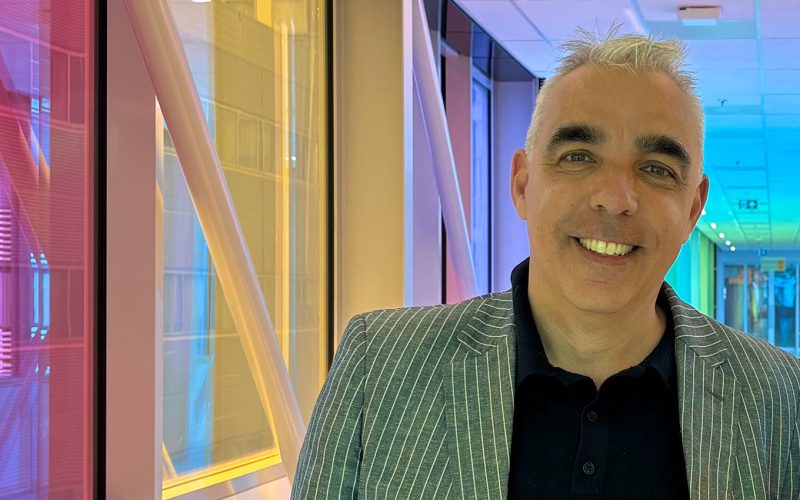Professor of Nanomedicine Raymond Schiffelers from the UMC Utrecht has been awarded the prestigious Advanced Grant from the European Research Council (ERC). This highly competitive grant supports established researchers with groundbreaking ideas. With this funding, Raymond will investigate how smart nanoparticles can be used to deliver genetic material precisely and safely into specific immune cells, training them to attack cancer cells.
The ERC Advanced Grant is one of the most important European funding schemes for senior researchers aiming to push the boundaries of knowledge. This year, a total of €721 million was awarded to 281 researchers. Raymond is one of 24 recipients based in the Netherlands. His project aligns with the UMC Utrecht strategic programs Circulatory Health and Cancer.
Raymond receives €2.5 million for his project ‘Advancing Gene Transfer Capabilities’ (AGTC), which focuses on the targeted delivery of genes into T cells: immune cells that play a vital role in recognizing and destroying tumor cells. The AGTC project builds on technologies previously developed within the start-up Nanocell Therapeutics. With the ERC grant, the project now returns to fundamental research.
“We aim to design nanoparticles that deliver their genetic payload exclusively to T cells, and nowhere else. By adding a barcode to these particles, we can track exactly where they go, whether the gene reaches the right place, and what the outcome is,” explains Raymond. “This helps us build the next generation of gene therapy: powerful, safe, and specific. It brings us closer to smarter cancer treatment.”
To achieve this, Raymond will pursue three lines of research: “First, we want to design smarter particles by testing different variants to see which ones work best. Second, we’ll explore super-specific delivery by testing the theoretical concept of ‘superselectivity’, creating nanoparticles that release their payload only to T cells. And third, we want to understand T cells: what exactly happens inside a T cell after gene delivery, so we can harness them even more effectively against cancer.”
